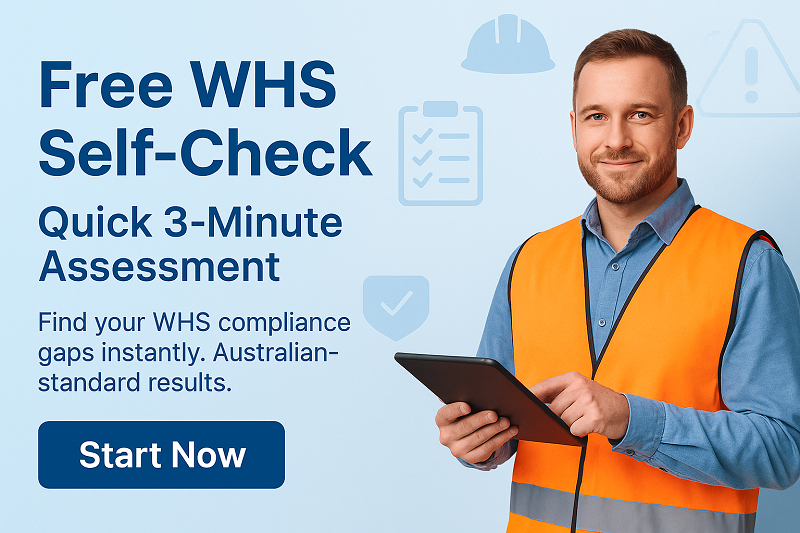“`html
Are you tackling the tricky task of fixing leaks on a factory roof? Safety should always be your top priority, and our Safe Work Method Statement Template can lend a helping hand. Crafted with care and attention to detail, this template is perfect for guiding you through those important safety steps with clarity and ease.
Key Features:
- Pre-filled and Comprehensive: Get a head start with essential details already filled in to simplify the creation of your safety documentation. Every critical element you’d expect to consider is already there, making it easier to proceed with confidence.
- Fully Editable and Customisable: Served up in Microsoft Word format, this template allows you to tailor each section to meet the unique needs of your job. Modify, adjust, and personalise it as much as needed to fit your specific project requirements.
- Includes the Scope of the Project and Project Details: Clearly outlined areas for you to document the full scope of your project and all pertinent details help make sure everyone is in the know about what’s going on and what’s expected.
- Includes Checklist of Any High-Risk Machinery on Site: Make sure no stone is left unturned by noting all high-risk machinery that may be present. Improved awareness of potential hazards ensures a safer working environment.
- Includes Space for Recording Any Staff Training: Keeping track of staff training is crucial. This template offers dedicated space to note what training has been completed, ensuring compliance with occupational safety guidelines.
- Includes Before and After Risk Ratings: Gain insights into how safety measures have impacted risk levels by recording evaluations both before and after the implementation of your SWMS.
- Includes Resources for Use of Legislative References: Navigate the complexities of legal compliance with suggested legislative resources included in the template, so you remain aligned with Australian workplace health and safety laws.
- Includes All PPE Required: Organise and monitor the use of Personal Protective Equipment (PPE) with ease, making your site a safer place for everyone involved.
- Includes Risk Assessment and Risk Assessment Matrix: Our template provides a framework for conducting thorough risk assessments, complete with a matrix to evaluate and communicate varying degrees of risk.
- Includes a Checklist to Ensure All Requirements Have Been Covered: Avoid oversight with a structured checklist designed to ensure all necessary steps are completed when implementing your SWMS.
- Includes Sign Off Page for All Workers and Responsible Persons: Accountability is key. A sign-off page helps confirm that every team member and management personnel on-site are aware and committed to the safety protocol.
- Easy to Use, Easy to Customise: This intuitive template design makes it straightforward for any tradesperson or manager to navigate and modify according to their specific project needs.
- Suitable for Large Contracts and Tenders, Including Tier 1 Contractual Work: Whether you’re dealing with smaller projects or major contractual work, this SWMS template caters to varying sizes and scales of industrial operations.
- Quick delivery by email: Once ordered, expect a prompt delivery of the template by email, ready for immediate use right from the comfort of your inbox.
“`
The Fix Leaks on Factory Roof Safe Work Method Statement (SWMS) includes the following job steps and related potential hazards:
- 1. Preparation
- Slips on uneven surfaces
- weather conditions
- 2. Access Roof
- Falls from height
- ladder instability
- 3. Inspect Leak Area
- Exposure to hazardous substances
- sharp materials
- 4. Clean Area
- Use of chemical cleaners
- risk of falls
- 5. Assemble Tools
- Manual handling injuries
- improper use of tools
- 6. Move Equipment
- Strain from lifting
- equipment topple
- 7. Set Up Safety Gear
- Inadequate safety barriers
- incorrect use of PPE
- 8. Isolate Leak
- Electrical hazards
- contact with contaminated water
- 9. Remove Old Material
- Cuts from sharp edges
- airborne dust
- 10. Repair Section
- Noise exposure
- ergonomic strain
- 11. Replace Material
- Incorrect fitting leading to future leaks
- manual handling
- 12. Seal Joints
- Inhalation of fumes
- working at awkward angles
- 13. Test Repairs
- Water damage from testing
- electrical shocks
- 14. Clean Up
- Slip hazards from debris
- improper waste disposal
- 15. Final Inspection
- Missed leak points
- incomplete repairs
- 16. Dismantle Safety
- Trip hazards from equipment
- rushing the process
- 17. Exit Roof
- Ladder misuse
- unsecured materials
- 18. Document Work
- Data entry errors
- incomplete records
- 19. Debrief Team
- Miscommunication
- unreported hazards
- 20. Maintenance Review
- Future leak potential
- wear and tear on new materials
Each Safe Work Method Statement has specific content that is referenced to, but not limited to a number of authorities such as Codes of Practice, Regulations, Australian Standards or the Act.
The Fix Leaks on Factory Roof Safe Work Method Statement (SWMS) references:
Ordering only takes a few minutes. Upon ordering completion, a link will be sent to your email address to download your documents, then add your company logo to the top of the header and you’re finished.


